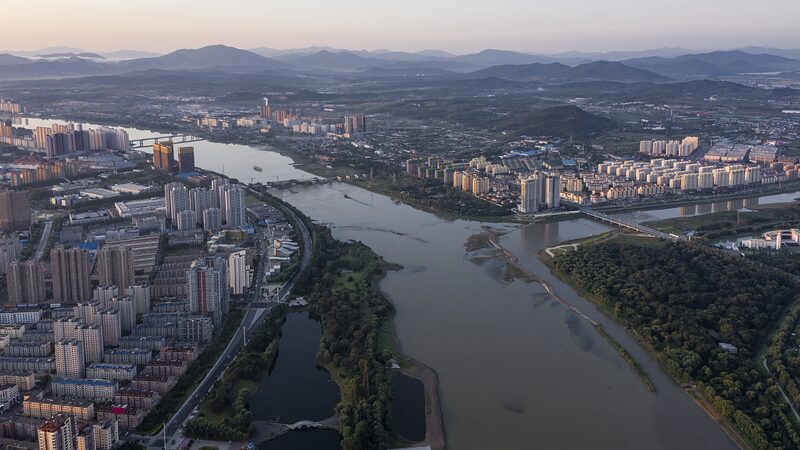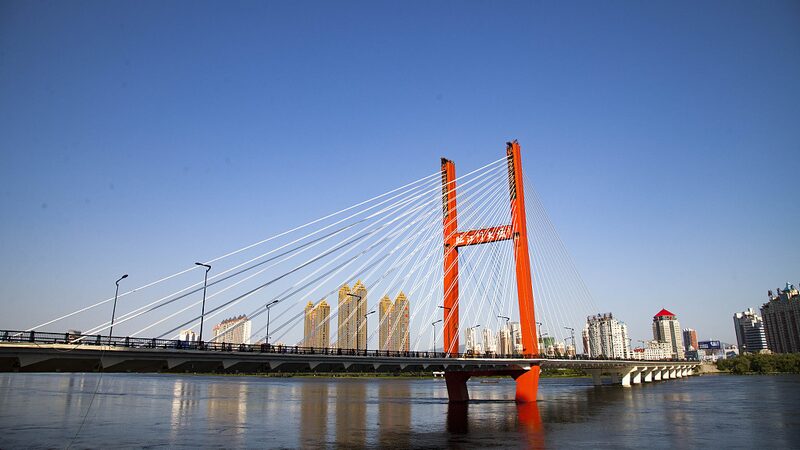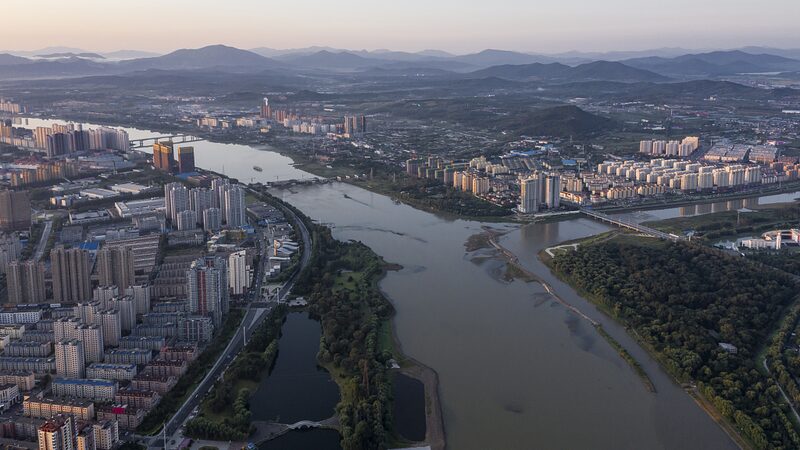The Songhua River, winding through northeast China’s Jilin City, is more than a geographical landmark; it is the lifeblood and mother river of the region. Historically vital for transportation and industry, the river has witnessed the city’s evolution over centuries.
In recent years, Jilin City has embarked on a journey of revitalization, embracing new concepts of sustainable development. This transformation aligns with the Belt and Road Initiative, which has provided opportunities for the city’s old industrial base to innovate and grow.
A key focus has been on improving the water quality of the Songhua River. Implementing stringent environmental policies and modernizing infrastructure has led to significant ecological restoration. Cleaner waters not only benefit the local ecosystem but also enhance the quality of life for residents.
The rejuvenated riverfront has become a hub for tourism and leisure activities. Citizens and visitors alike enjoy scenic walks, boat rides, and cultural festivals along the riverbanks. This surge in tourism has stimulated economic growth and contributed to the city’s ongoing development.
Jilin City’s commitment to sustainable strategies demonstrates how environmental stewardship and economic progress can go hand in hand. As the Songhua River continues to thrive, it stands as a testament to the city’s dedication to building a harmonious relationship with nature.
The transformation of the Songhua River is not just a local success story but a model for other regions seeking sustainable development. Jilin City’s experience highlights the potential of integrating ecological preservation with urban advancement, offering valuable insights for communities worldwide.
Reference(s):
cgtn.com








